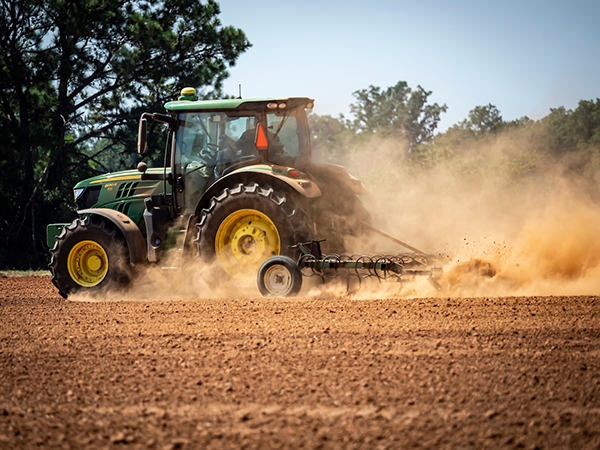Warm, dry December likely to impact spring growth
Tuesday, December 21, 2021
The unseasonably warm weather has a lot of producers wondering how it will affect their crop yields next year, and ornamental plants have already been spotted in bloom.
“Plants are a bit confused because of the up and down swings of temperatures,” said David Hillock, Oklahoma State University Extension horticulture specialist. “Most plants go into dormancy when temperatures fall below 50 degrees for an extended period.”
That explains why some plants have displayed typical spring-like patterns this month. With temperatures reaching 70 degrees and beyond multiple days, it’s expected to be one of the warmest Decembers on record.
Hillock said lower light levels due to shorter days also play a role in dormancy and are keeping some landscape and garden plants in check. Many require a certain number of chilling hours, those accumulated between about 32 and 45 degrees Fahrenheit, to break dormancy. Some plants need 800 to 1,000 chilling hours, and some have chilling requirements less than 800 or even as few as 100 to 500.
“Plants that have low chilling hours can sometimes break enough dormancy to flower a little with our temperature swings during the fall and winter, though not all flowers usually break dormancy,” Hillock said. “This really has no detrimental health affect to the plants, but if it flowers now, you will probably not have as many flowers next spring.”
As for grains such as wheat, Amanda de Oliveira Silva, OSU Extension small grains specialist, said Oklahoma’s crop is showing signs of drought stress, and some fields also indicate symptoms of nitrogen deficiency. Drought conditions required most dual-purpose wheat to be “dusted in” for planting this year. Emergence was delayed, but plants established well. Although October moisture enabled moderate fall forage production, Oklahoma has received minimal rainfall in the past two months.
Silva said the dry weather coupled with temperature fluctuations and abnormally warm temperatures could prevent the wheat crop from fully acclimating to a cold-harden status before winter.
“If wheat is not well acclimated, severe drops in temperature could cause winterkill or injury and a reduction in tillering and crop growth in the spring,” she said.
Silva provides additional perspective on the effects of a warm December on wheat in OSU’s World of Wheat blog.

